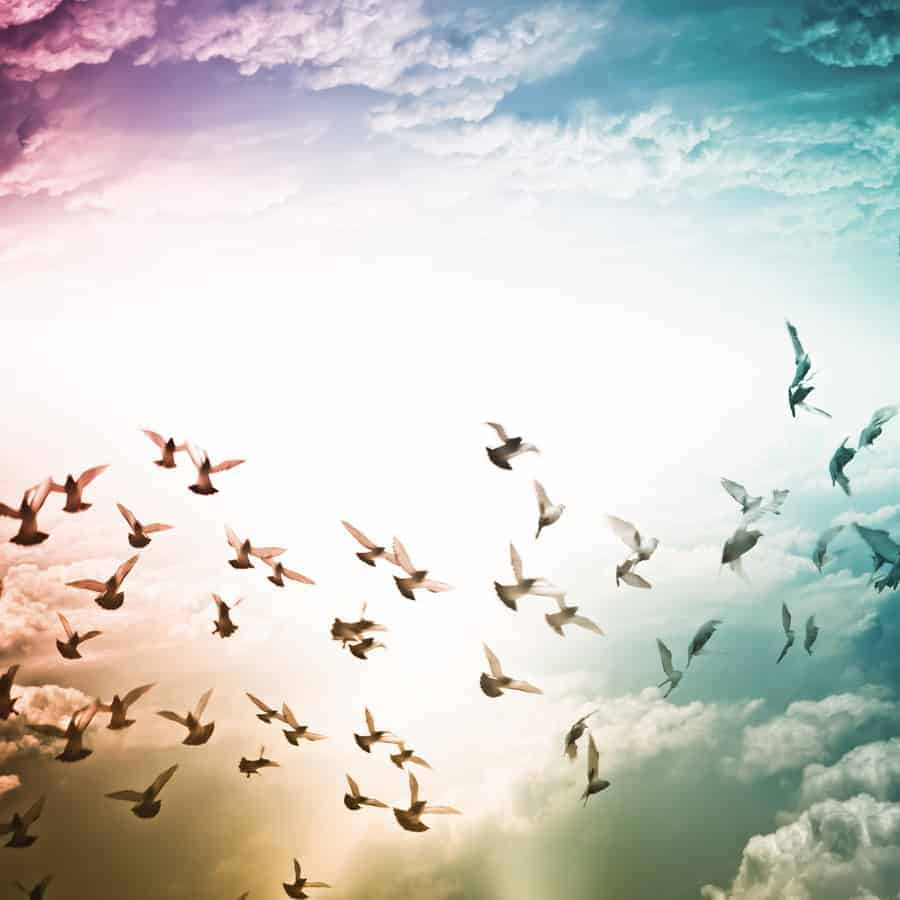
Stopping the Cycle of Human Trafficking
As I lay in bed fighting leg cramps in a dark Texas motel room, the familiar sound of an incoming email on my iPhone stirred me into consciousness. With one hand shielding the phone’s bright light from my sleeping roommate, I saw that it was from Lea Benson from StreetLightUSA in Phoenix. I could almost see Lea in my mind, huddled up to her computer, passionately typing her message in dim light as the world slept around her. I knew it was important, so I tapped my screen to read what she’d written.
“From a Mom’s Heart” is what the subject line read. Inside were quotes from a conversation she’d had with the mother of a teenager who was being trafficked into prostitution:
“I have four children and she is my second to the oldest. In the past two years, she has been home maybe a total of two months. She knows she is in the wrong but can’t seem to change course and we have tried to help her. I’ve cried out for help but have not been able to receive it. No one cared ’til now. Finally, finally detention kept my child because she violated her probation. The courts wanted to release her and only after I broke down hysterically in court and begged them to please not let her out. I explained the many bites my daughter has on her body as a way her pimp has marked her! He has tried to kill her several times! Oh God, help me and help her (as she cried in front of her two other daughters). I’ve been seeking help and I have not found anyone who cares. Thank you. I am so glad that such a place as StreetLightUSA exists.”
I felt the mother’s pain and desperation. I also felt Lea’s pain, and understood the monumental responsibility she has to find funding and manage StreetLightUSA, one of the few resources available for the 100,000 underage trafficking victims the FBI estimates are in the United States today. She is not unlike me in her passion for victims of human trafficking, which is what brought me to that Texas motel room.
September 1, my friend Deb Hoenig and I took off on bicycles in Solana Beach, California for a six-week, 3,093-mile journey across the United States called “Babes Blocking Traffic” to raise awareness about child trafficking, and also to raise funds for a group of children very special to us.
Last November, Deb, who is from Alabama, and I met in person for the first time in the Kotoka International Airport in Ghana, West Africa. We were there to teach basic first aid to people in a very remote area on the northern part of Lake Volta. For six weeks, we were roommates in a mud hut in a village with no electricity, no clean water, no toilets and no roads. We laughed more than we’ve ever laughed, cried more tears than we’ve ever cried, and learned more about ourselves and humanity than we could have imagined. It was during that time, too, that we came face to face with modern day slavery.
Along the banks of Lake Volta, the largest man-made lake in the world, time seems to have stood still in villages where the sounds of goats, chickens, sheep and babies greet the morning sunrise. Harmattan winds carry the scent of coal fires far into the fields of maize, cassava and yams, and women and children squat in front of large pans of fish, folding each squirming body in half, one by one, to break their spines so that they can be smoked and sold. Throughout the villages, fishing nets of white and green nylon are spread between thatch-roofed mud huts as men weave knots into them with needles carved from wood, mending holes torn by underwater brush and feisty fish.
Woven into the pattern of daily life in these villages are children in tattered clothes with hollow eyes. They’re nearly invisible, blending into the surrounding poverty. They wake in the middle of the night, rising up from outdoor benches and floors of boats where they sleep, to bring in the evening fishing nets, then spend the early dawn casting them out again. They spend their daytime hours fetching water, cooking over coal fires, washing dishes in the lake, mending nets, sweeping the dirt with brooms made from grasses, and going back out to the lake in dangerous, leaky boats in an endless rhythm of casting and retrieving nets.
Sometimes they have to dive into the lake and retrieve nets stuck on underwater tree limbs, and sometimes they don’t come up. When weather is bad, masters send the children out onto the rough waters, unwilling to risk their own lives but harshly punishing the children if they resist. There are also crocodiles and electric eels below that claim some of them. Some of them die from the constant malaria and diarrhea they suffer from due to lack of medical care. They are beaten, especially when they are sick and can’t work, and many bear scars where they’ve been struck by boat paddles or sticks.
They are fed only enough to remain alive. They are not allowed to go to school, and they have no love or emotional support in their lives. They are as young as four years old, although none of them knows their age since they don’t know their birthdate and have no way to track the years that have gone by.
They are slaves, sold by their far away poverty-stricken mothers, owned by masters who see them as property and not the children that they are.
Deb and I held these children in our arms. We listened to their stories, often told with the flat, blank stares of children who have hit the “off” switch in their minds so that they don’t feel the emotional and physical pain anymore. We asked them what they wanted, and our eyes filled with tears as one after another told us they only wanted to go to school.
It is these trafficked children who have inspired us to build a home so that some can be rescued. Because of recent government crackdowns, many masters are willing to release the children, but there is nowhere for them to go. If they return home, they will be sold again, often for as little as $20. They have nowhere to turn, and we want to change that.
And so it was for them that we first conceived our ride across the country, Babes Blocking Traffic, to spread awareness and raise money for a home. But as time went on, we began to learn that children – mostly girls – right here in America, are being bought and sold for profit. We learned that they, too, had the haunting eyes of children who have endured unspeakable abuse.
We learned about organizations like StreetLightUSA in Phoenix, For the Sake of One in Dallas, Trafficking Hope in Baton Rouge and KlaasKids Foundation in Pensacola that are filled with caring people who are fighting human trafficking – the second most profitable illegal industry in the world – in our own back yard.
And so we rode. For six weeks, we woke up each morning in a different city or town, checked out of our motel or packed our tent, and got on our bicycles and rode. We stopped along the way to hold press conferences, talk to local newspapers, and be the voice to the estimated 27 million human beings who are bought and sold for labor and sex right now, today, across the globe.
Some days were difficult. Hills and poor road surfaces made it tough, but there were also disheartening times, like the press conference we had in Dallas with the North Texas Human Trafficking Task Force, a human trafficking victim, and the man in charge of the largest girls’ detention center in Texas. Not a single news station covered the event that we know of, although five were represented.
Some days were inspiring, like the day we spent at White Sands in New Mexico. We approached a group of people to ask them to snap a photo, and after hearing what we were doing, they dug into their wallets to contribute. Kindness was everywhere, in the form of donations at times, but mostly encouraging words and even a free dinner one night.
And some days were hard to describe, like the hours we spent talking to a woman who had been sold into trafficking by her minister father when she was nine years old as payment for a gambling debt. She was prostituted until she was 13, when a man lit her on fire, just to see what would happen. She was left in a dumpster to die, but trash collectors found her and took her to the hospital. After she endured 17 surgeries, one of them became her trafficker. She is now a bulldog in the world of human trafficking, fighting with everything she has to rescue other girls.
Once again, Deb and I laughed, shed tears and stuck together through the good and the bad. We raised a little over $3,000, but we have a lot more to go to raise the money we need to complete the home and bring the first 16 children to safety. We’ll be riding again this September along the Underground Railroad route, from Niagara Falls to Mobile, Alabama.
Like Lea Benson and the other often unsung heroes we met, we will keep fighting and keep spreading the word. A human is a human is a human, no matter what color they are, what language they speak, what flag flies above them, or where they go on Sundays. And humans should never be bought and sold.
It’s time to stop the cycle.
www.compassionatejourneys.com
www.babesblockingtraffic.com
www.streetlightusa.org
www.forthesakeofone.org
www.traffickinghope.org
www.klaaskids.org


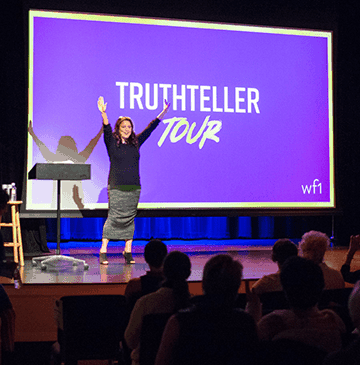
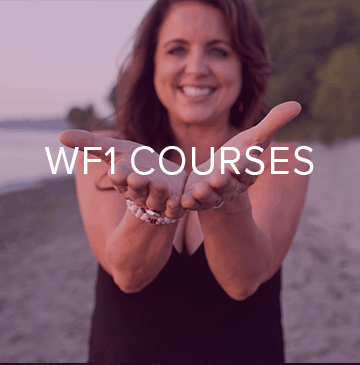

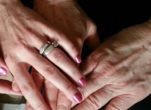
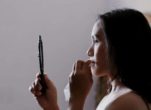




0 comments to "Stopping the Cycle of Human Trafficking"